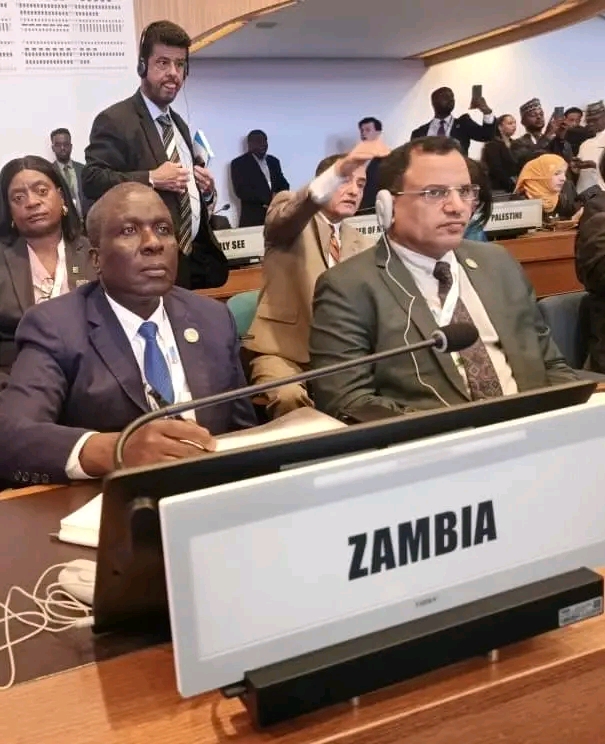IMF Funds Help Zambia Stabilize Economy Amid Debt Crisis
Economist and policy analyst Alexander Nkosi says the funds Zambia accessed under the International Monetary Fund’s Extended Credit Facility (ECF) were intended to stabilize the economy, not for luxury procurement or infrastructure projects.
Mr. Nkosi explains that when the UPND took office in 2021, Zambia’s total public debt and interest arrears had reached US$31.74 billion, surpassing the country’s Gross Domestic Product (GDP), which stood at US$22.1 billion in the same year.
He adds that in 2022, domestic revenue was K98.9 billion, while the amount required to service debt and pay the civil service wage bill exceeded K120 billion, highlighting the strain on national finances.
Through the IMF’s ECF, Zambia accessed concessional financing to supplement foreign exchange earnings. Mr. Nkosi says this enabled the government to meet critical obligations such as debt servicing and the importation of essential goods.
He further notes that the funding helped rebuild foreign exchange reserves, providing a buffer against potential external shocks.
Additionally, part of the funds were channeled towards social protection programs to cushion the most vulnerable from the impact of economic reforms. Mr. Nkosi emphasizes that the facility also helped the government maintain key social services, particularly in health, education, and water and sanitation, which could have otherwise been disrupted.
![]()
Share this content:














Post Comment